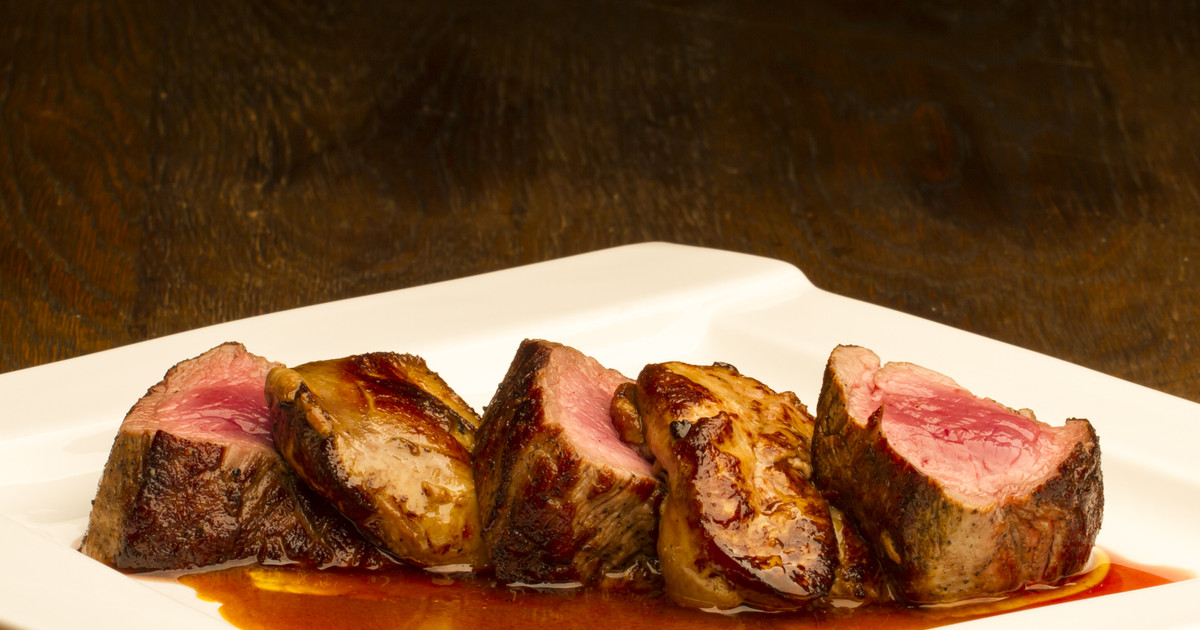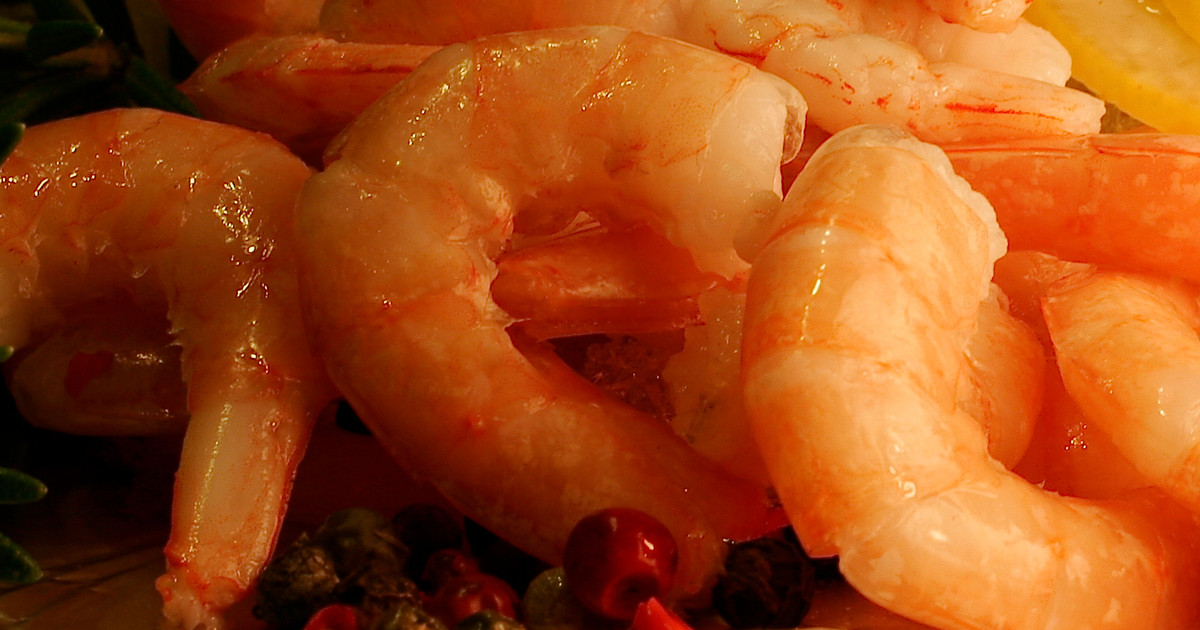Guide To Foods That May Trigger Gout Flares
Gout, a type of arthritis, seems to cause sudden, severe joint pain and swelling. These gout flares may occur most often at night. The most affected joints appear to be the big toes, ankles, wrists, elbows, and knees. Some individuals with gout may deal with a limited range of motion and prolonged discomfort after a flare. This condition seems to be the result of uric acid building in the blood and forming urate crystals. The body may make uric acid as it breaks down purines in food.
Patients seem to take colchicine tablets and other gout pills for their condition. These may help with gout pain relief. However, there may be more to treatment than uric acid medicine. Patients may benefit from following a healthy gout diet. They may want to consult a doctor or nutritionist for this. Of course, understanding the basics of what foods may trigger gout flares first can help.
Shellfish
Shellfish seems to be a seafood category that includes shrimp, crab, mussels, lobster, and scallops, among others. It appears that shellfish contain a high amount of purine. Thus, individuals with gout may want to avoid eating shellfish. Sadly, eating shellfish seems to increase their risk of dealing with a gout flare. At the very least, patients should consider minimizing their intake. Of course, avoiding shellfish entirely appears to be vital during a flare. Some individuals may be able to consume a small amount of shellfish each week when they are not going through a flare-up of gout symptoms. They should consider sticking to shellfish with moderate purine levels, such as oysters and crabs. Patients may also want to speak to their doctor first.
Gout patients may reduce the purine content in shellfish through certain cooking methods. Boiling appears to work the most, as it should decrease purines by up to sixty percent. Steaming also seems to help. However, microwaving does not appear to have any effect. Freezing may reduce purines a small amount after ten weeks.
Uncover information on more foods that may trigger gout flares now.
Veal And Venison
Veal and venison seem to be fairly high in purines. Gout patients may want to stop eating these meats since they appear to be a common cause of symptom flares. This seems to apply to liver and other organ meats as well. Doctors may recommend that gout patients limit their meat intake to no more than four ounces a day. In addition, they may only want to eat white meat, such as turkey or chicken, instead of veal and venison. White meat appears to have fewer purines.
However, most individuals may consume too much protein, particularly from meat. Thus, patients should consider getting some protein from plant-based sources instead of veal and venison, as well as other meats. Gout patients may get help with this through a nutritionist.
Discover more foods that may result in gout flares now.

